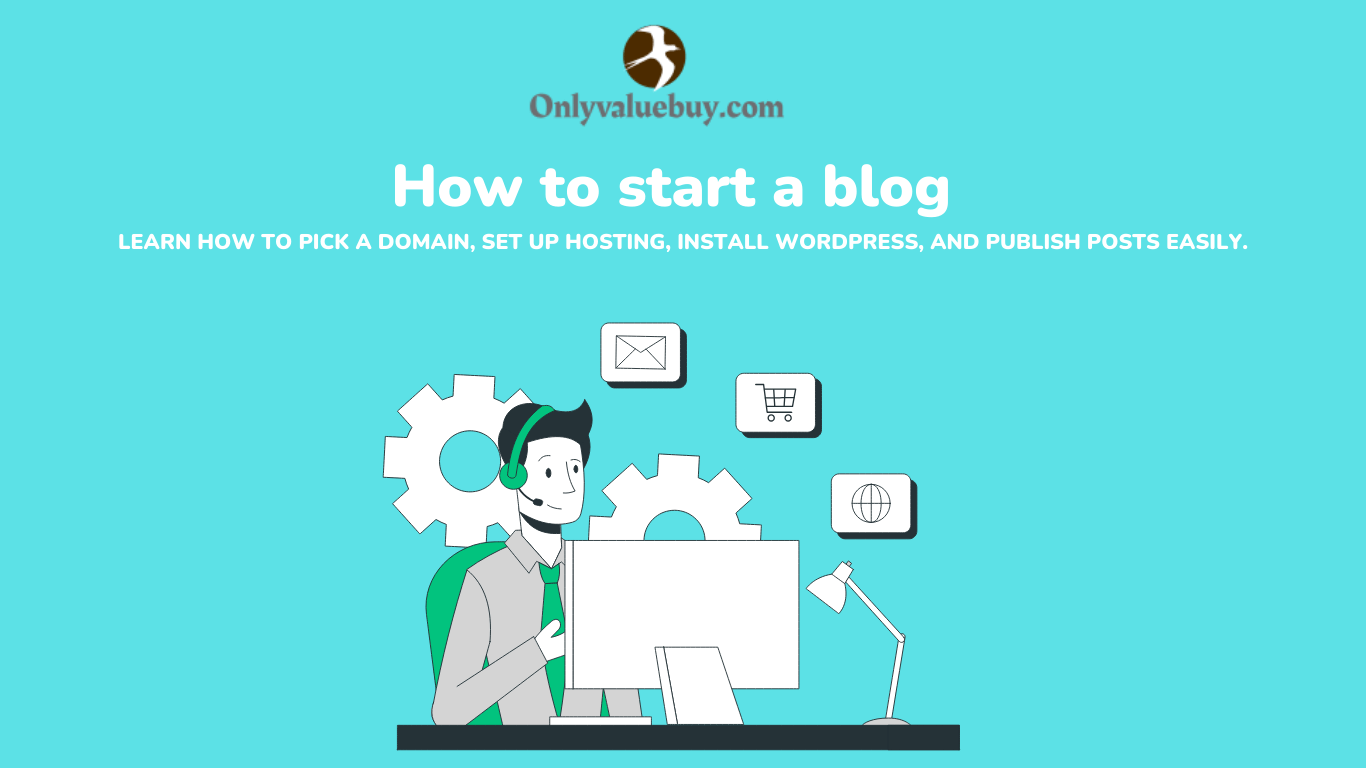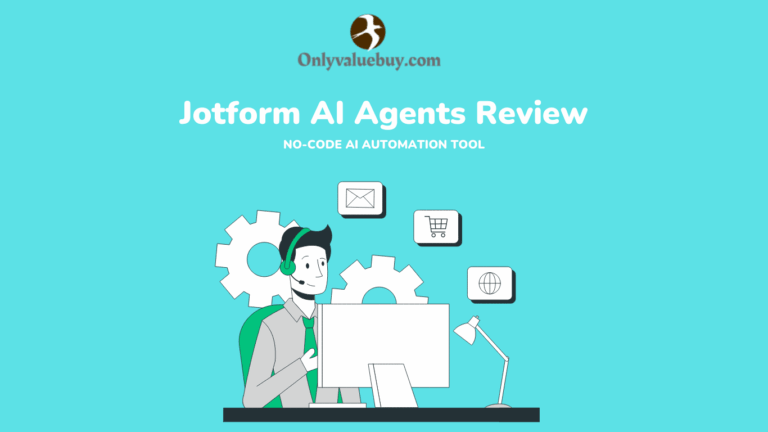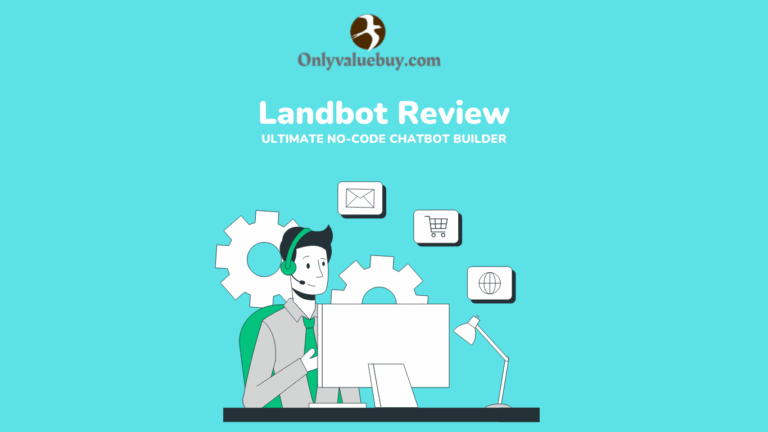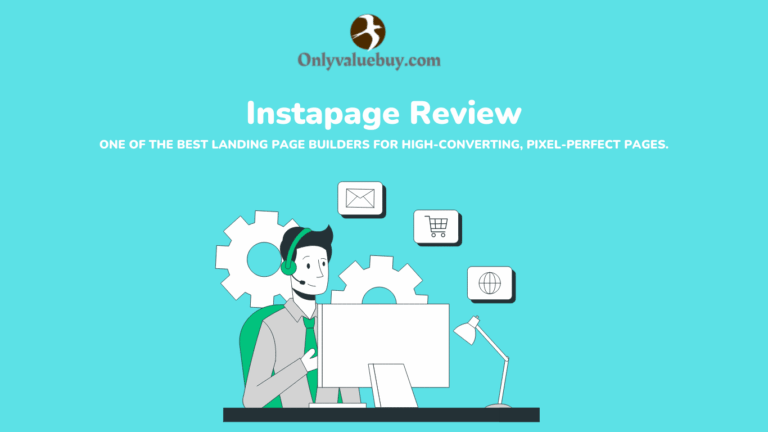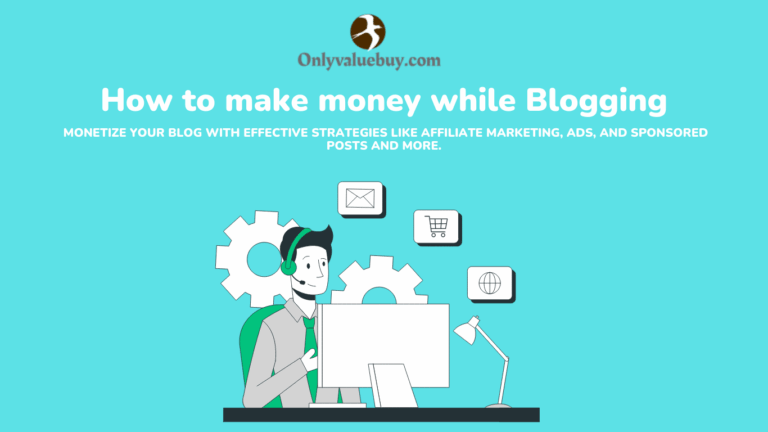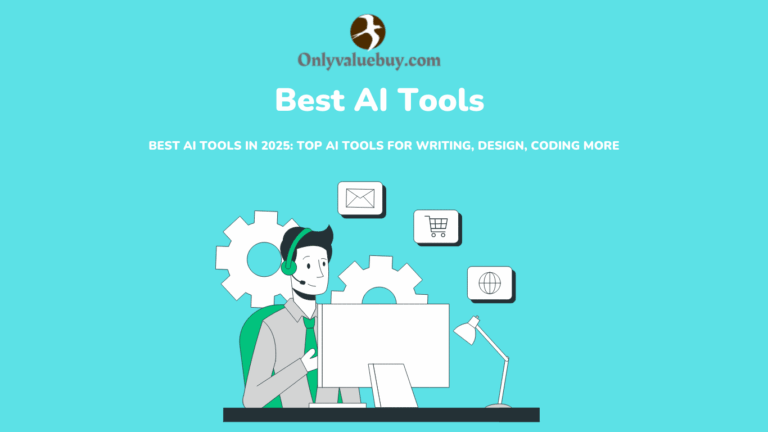How to Start a Blog (Even If You’re Not Tech-Savvy)
Thinking about starting a blog but feeling a little overwhelmed? Don’t worry — you’re in the right place.
In this guide, I’ll walk you through exactly how to start a blog even if you have the most basic computer skills. Step-by-step, simple, and by the end of this page, you’ll have your very own blog ready to share with the world — and maybe even start making some money!
Let’s not waste any time — let’s dive right in!
First Things First: What Exactly Is a Blog?
A blog is basically a collection of articles (called “posts”) that are usually displayed with the newest one at the top. You can think of it like an online journal, but instead of locking it away, you share it with the world.
People start blogs for all sorts of reasons — to share recipes, fitness tips, travel adventures, personal stories, or even to promote their business. Businesses use blogs to keep their audience updated and to attract more customers through Google search.
Unlike static websites (which stay the same for months or years), blogs are dynamic. They’re constantly being updated with fresh content, which Google loves — and so do your readers!
Now that you know what a blog is, let’s get into how to start one.
How to Start a Blog in 5 Simple Steps
1. Pick a Domain Name
First up: you’ll need a name for your blog — something that represents you or what you’ll be writing about.
Already have one in mind? Great! You can check if it’s available below:
If your first choice isn’t available, don’t panic. You can try:
- Changing the domain extension (for example, instead of .com, try .net or .org).
- Adding small words like “my”, “best”, or “the” (example: “onlyvaluebuy.com”).
Tip: Keep it simple, easy to spell, and related to your topic. Avoid using spaces or special characters.
Still stuck?
Think about your blog’s purpose:
- Personal experiences (like parenting stories or work life)
- Hobbies (cooking, photography, travel)
- Professional advice (fitness tips, career advice)
Pick something that feels right to you and your future readers!
2. Take Your Blog Online (Get Web Hosting)
Now that you have a name, you’ll need a home for your blog. That’s where web hosting comes in.
Think of it like renting space on the internet to store your blog’s files.
For beginners, shared hosting is the best choice — it’s affordable and easy to set up. I recommend Bluehost because:
- It’s beginner-friendly
- It’s budget-friendly
- It offers a free SSL certificate (which keeps your site secure)
Learn more about hosting options here if you’re curious.
3. Install a Content Management System (CMS)
Once you’ve signed up for hosting, it’s time to install WordPress (don’t worry — it’s free and super easy).
Why WordPress?
- It powers over 40% of the web
- No need to know coding
- Tons of free themes and plugins to customize your blog
Other platforms like Squarespace or Wix are good too, but WordPress gives you the most flexibility and freedom (especially when you’re just starting).
4. Customize Your Blog
Now the fun begins — making your blog look and feel like you.
When you log into WordPress for the first time, you’ll land on your dashboard — your control center for everything.
Here’s what you’ll want to do:
- Pick a Theme: Themes change the look of your blog. WordPress has thousands of free themes plus tons of premium options.
- Add Plugins: Plugins are little tools that add extra features (like contact forms, SEO help, social media buttons, security, and more).
Some essentials include:
- SEO Plugin (like Yoast SEO)
- Contact Form Plugin
- Backup and Security Plugin
- Google Analytics Plugin
Check our article on 35 Must have WordPress Plugins
I’ll soon post a complete list of my favorite must-have plugins — stay tuned!
5. Write Your First Blog Post and Hit Publish!
Woohoo! You’re almost there.
Here’s how to start posting:
- Go to your WordPress dashboard
- Click on Posts > Add New
- Write your title, add your content, insert images, and do some basic formatting
- Hit Publish!
Important: Add Static Pages Too
Besides blog posts, you’ll also need a few important pages:
- About Page: Share who you are and what your blog’s about.
- Privacy Policy: If you collect emails or use ads (required by laws like GDPR and CCPA).
- Terms of Service: Especially if you’re selling something or offering services.
- Disclaimer: If you promote products and earn commissions (example: affiliate links to Amazon).
Pro Tip: Use a tool like Termify to quickly generate these legal pages — no lawyer needed.
A good blog should have:
- A catchy headline
- A simple menu bar
- Easy navigation (breadcrumb links help)
- A search bar
- A clean sidebar
The easier it is for readers (and Google!) to find what they’re looking for, the better your blog will perform.
Ready to Launch Your Blog?
If you’ve followed these steps, congrats — you’re officially a blogger!
Now all that’s left is to stay consistent:
Post regularly, update your content, and keep sharing your voice with the world.

